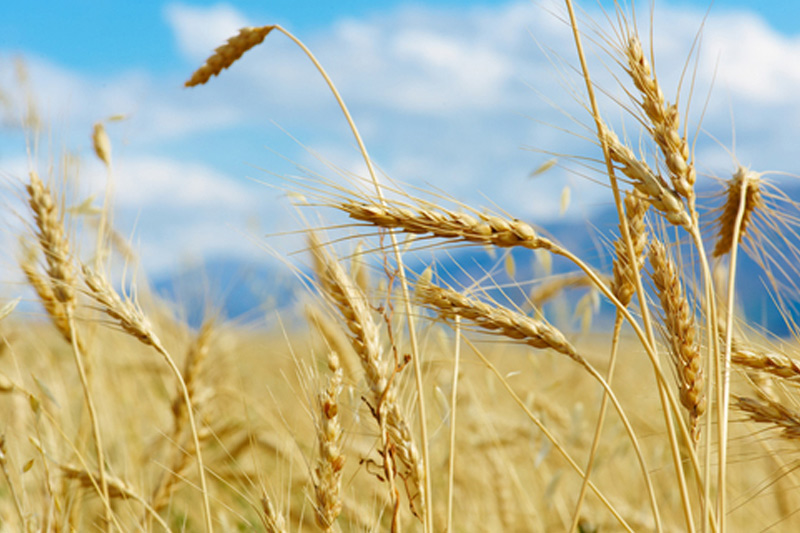Investing.com - U.S. wheat prices fell sharply on Friday, as forecasts for more rain in the U.S. Great Plains region eased concerns over the health of the U.S. winter-wheat crop.
On the Chicago Mercantile Exchange, U.S. wheat for May delivery tumbled 2.11%, or 15.0 cents, on Friday to settle the week at $6.9540 a bushel.
Parts of Oklahoma, Texas and Kansas, the top U.S. wheat growers, received as much as 0.75 inch, or 1.9 centimeters, of rain on Thursday.
According to the U.S. Department of Agriculture, nearly 21% of the Kansas wheat crop was rated in poor to very poor condition as of last week. Kansas is the largest wheat producing state in the U.S.
Despite Friday’s losses, the May wheat contract ended the week with a gain of 1.17%, or 8.2 cents, the fourth consecutive weekly advance. Wheat futures have risen nearly 13% in March.
Meanwhile, U.S. soybeans for May delivery ended Friday’s session little changed to settle at $14.3640 a bushel by close of trade as traders positioned for the USDA monthly supply and demand report on Monday.
Prices of the oilseed rallied to a one-week high of $14.5040 a bushel on Thursday.
The May soybean contract picked up 3.34%, or 48.0 cents, on the week amid concerns over tightening U.S. supplies due to robust export demand.
Elsewhere on the Chicago Board of Trade, U.S. corn futures for May delivery ended Friday’s session little changed to settle the week at $4.7900 a bushel by close of trade on Friday.
Traders stuck to the sidelines ahead of the USDA’s monthly supply and demand report on Monday.
On the week, the May corn contract advanced 2.64%, or 13.0 cents, the first weekly gain in three weeks.
In the week ahead, market players will focus on the release of key USDA data, including crop progress and weekly export sales figures.
The agency will issue the quarterly grain stocks report and estimate spring plantings for corn and soybeans on Monday. Typically, the two reports result in big swings in prices and traders are squaring their books ahead of the release
Corn is the biggest U.S. crop, followed by soybeans, government figures show. Wheat was fourth, behind hay.
